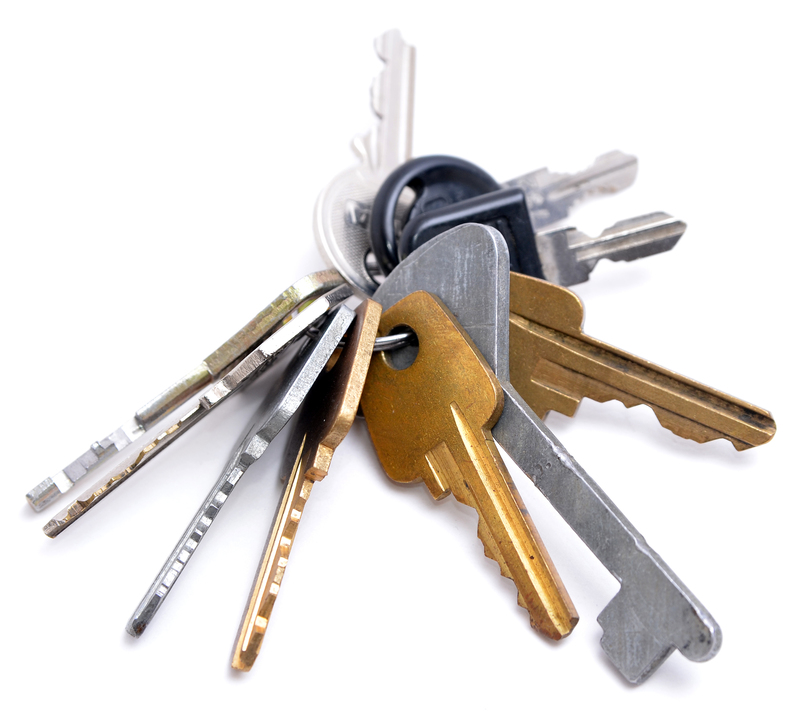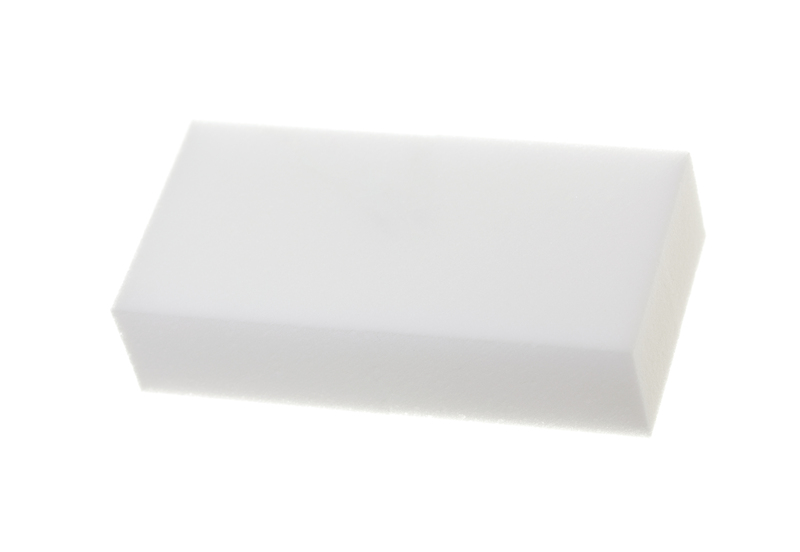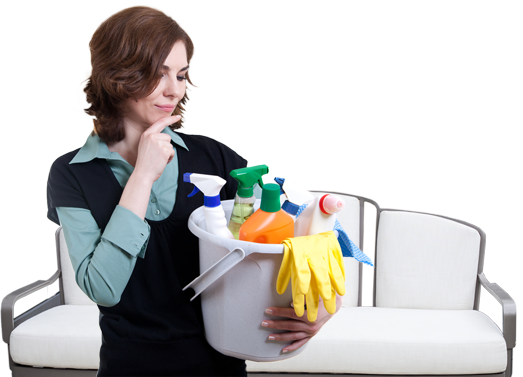Clean Your Stovetop Burnt Residue with These Expert Hacks
Posted on 17/08/2025
Clean Your Stovetop Burnt Residue with These Expert Hacks
Is your stovetop marred by burnt residue and stubborn stains? Keeping your stove clean not only elevates the look of your kitchen, but it also maintains hygiene and extends the appliance's lifespan. In this comprehensive guide, we'll walk you through expert hacks to clean stubborn burnt residue from stovetops, so you can enjoy a spotless cooking surface every day.
Why It's Important to Clean Stovetop Burnt Residue Regularly
- Prevents Fire Hazards: Layered residue can ignite and cause kitchen fires.
- Maintains Appliance Efficiency: Clean burners and grates ensure even heating and prevent malfunctions.
- Improves Kitchen Ambiance: A sparkling clean stovetop enhances the appearance of your kitchen.
- Reduces Lingering Odors: Burnt food particles can produce unpleasant smells over time.
- Promotes Healthy Cooking: Removing grease and grime eliminates bacteria and harmful residue transfer.

Essentials You'll Need Before You Start
- Microfiber cloths or soft sponges
- Baking soda
- White vinegar
- Lemon juice (optional)
- Dish soap (degreasing power recommended)
- Old toothbrush or soft-bristle brush
- Razor blade scraper (for glass stovetops only)
- Plastic spatula or credit card (for enamel or gas stovetops)
- Rubber gloves (protect sensitive hands)
Expert Hacks to Clean Stovetop Burnt-On Residue
1. Preparation is Key
Before you jump into cleaning burnt residue from your stove, make sure the stovetop is off and fully cooled. Remove all burners, grates, and removable parts for a thorough clean. For electric and induction stoves, unplug or switch off power at the circuit breaker for safety.
2. Soak Burner Grates and Caps
Burnt residue on grates and burner caps can be stubborn. Here's how to treat them:
- Fill your sink with hot, soapy water. Detach grates and burner caps, submerge them for 20-30 minutes.
- Add a dash of baking soda for extra degreasing power.
- After soaking, use a non-abrasive scrubber or an old toothbrush to scrub away loosened residue.
3. Baking Soda and Vinegar Magic
One of the top expert hacks for cleaning burnt-on stove residue is the baking soda and vinegar method.
- Sprinkle baking soda generously over burnt areas of the stovetop.
- Spray or drizzle white vinegar onto the baking soda. The fizzing action helps break down stubborn stains and grease.
- Allow the mixture to sit for at least 15-20 minutes.
- Wipe away with a damp sponge or microfiber cloth. Rinse and repeat if some residue remains.
4. Baking Soda Paste for Extra Tough Spots
For stubborn, burnt-on stove stains:
- Mix three parts baking soda with one part water to create a thick paste.
- Spread the paste generously on the burnt areas.
- Let it sit overnight for maximum effect.
- Scrub gently in circular motions the next day with a sponge or soft-bristle brush.
- Wipe clean with a damp cloth.
5. Using a Razor Blade Scraper (For Glass Stovetops)
Caution: This method is strictly for glass and ceramic stovetops. Never use metal blades on enamel or stainless steel surfaces!
- Hold the razor blade at a 45-degree angle and gently scrape away visible burnt residue.
- Wipe the area regularly to check progress and avoid scratching.
- Clean with a microfiber cloth and finish with a specialized glass cooktop cleaner if desired.
6. Lemon and Salt Scrub for Natural Cleaning
If you prefer eco-friendly ingredients, this natural stovetop cleaning hack is for you:
- Cut a lemon in half and dip the cut side into table salt.
- Scrub the burnt residue directly with the lemon-half, letting the salt and lemon juice work as abrasives and degreasers.
- Rinse with a damp cloth. Not only will your stovetop be clean, but it will also smell fresh and citrusy!
7. Attack Grease with Dish Soap and Hot Water
For greasy, sticky residue, a degreasing dish soap works wonders.
- Add a few drops to a bowl of very hot water.
- Soak a sponge or cloth and gently scrub the affected areas.
- Repeat as necessary, then wipe dry with a clean towel.
Special Stovetop Types: How to Clean Each Burnt-On Residue
How to Clean Gas Stovetop Burnt Residue
- Remove all removable burners and grates, follow the soaking method above.
- For fixed burner heads, use a toothpick or needle to clear clogged holes (ensure gas is off and the stovetop is cool).
- Wipe the stovetop surface with baking soda paste or dish soap and hot water.
How to Clean Electric Coil Stovetop Burnt-On Residue
- Remove coils by gently lifting and unplugging (check your manual).
- Clean drip pans and coils separately using baking soda and vinegar or dish soap methods.
- Never submerge electrical components; wipe with damp cloth only.
Cleaning Glass and Ceramic Stovetops
- Use non-abrasive cleaners to avoid scratching the smooth surface.
- Employ baking soda paste and wipe clean with a soft microfiber towel.
- For extra shine, finish with a specialized glass stovetop cleaner.
Expert Secrets: Pro Tips for Burnt Stovetop Residue
- Work in Sections: Focus on one burner/corner at a time for even and thorough cleaning.
- Always use soft, non-scratch pads (steel wool can ruin your finish).
- Use a splatter guard while cooking to reduce future burnt-on buildup.
- Wipe spills promptly: It's much easier to clean fresh spots than old, burnt-on food.
- Polish with vinegar: For a streak-free, shiny finish, buff the cooled stovetop with a clean cloth moistened with white vinegar.
How to Prevent Burnt-On Buildup on Your Stovetop
- Clean spills as they occur. A quick wipe leads to less work later.
- Deep clean weekly to stay ahead of stubborn residue.
- Use proper cookware: Avoid thin-bottomed pots that cause uneven overheating and more spills.
- Keep burners aligned to prevent leakage and drips underneath the grates.
- Install stove protectors: Disposable nonstick liners catch messes, making cleaning a breeze.

Frequently Asked Questions (FAQ) about Cleaning Stovetop Burnt Residue
Can I use oven cleaner on my stovetop?
Generally, no. Oven cleaners are quite harsh and can damage enamel or painted surfaces. Stick to safer hacks like baking soda, vinegar, or specialized stovetop cleaning sprays unless your manual specifically approves oven cleaner for your model.
What should I avoid when cleaning a burned stovetop?
- Don't use steel wool or abrasive scrubbers. They scratch and mar most surfaces.
- Avoid soaking electrical components. For electric stoves, never submerge coils or burners.
- Don't force stuck-on burners or knobs. If something doesn't budge, try more soaking rather than brute force.
How do I clean burnt residue without harsh chemicals?
Baking soda, vinegar, salt, and lemon are all-natural options for cleaning stovetop burnt residue effectively without exposing yourself or your family to strong chemicals.
Conclusion: Enjoy a Sparkling Clean Stovetop Every Day
Regularly cleaning your stovetop and tackling burnt-on residue is key to maintaining a beautiful and safe kitchen. By following these expert hacks, you'll make short work of even the most stubborn stains--whether your cooktop is gas, electric, glass, or ceramic. Consistency is the secret: a few quick wipes after each use can prevent accumulated burnt-on messes and keep your stove looking like new.
Remember, using the right techniques and natural cleaning power will not only remove burnt residue but also protect the finish and functionality of your stovetop for years to come.
If you found these hacks helpful, share this article with your friends and enjoy your next cooking adventure on a spotless, shining stove!




